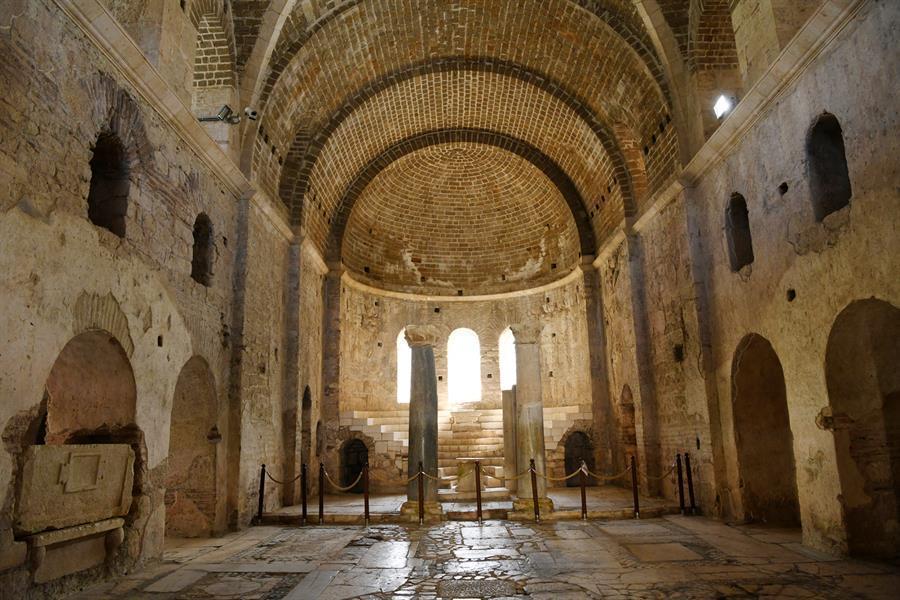
As of 2020, the number of artworks registered in museum inventories is close to 3.5 million, according to Yahya Coşkun, the deputy director-general of the Cultural Heritage and Museums.
Stating that 90 percent of the artworks registered in the museums are being kept in storages, Coşkun said the works on display make up only 10 percent of all relics.
Speaking to the Demirören News Agency, Coşkun said that 504 museums within the body of the General Directorate of Cultural Heritage and Museums are diverse and include archeology and ethnography, history, thematic, city, memorial museums and house museums of key figures.
Stating that museums are indispensable for the preservation of cultural heritage, cultural sustainability and building a collective memory, Coşkun said that the number of private museums under the control of the ministry was 94 in 2005, and increased to 300 in 2021.
Emphasizing that Anatolia is one of the most ancient lands of the world, Coşkun said, “There is no doubt that we are hosting the most qualified and special finds in the world, but our museum culture and archaeological studies started a little late.”
Stating that Anatolia is a “museum country,” Coşkun said, “Turkey is the land of immovable beauties. No matter what number we reach, it may seem incomplete, but now we open new museums of high quality every year. The museums we open compete with the giant ones in the world and receive awards.”
Coşkun said thousands of artifacts found in archaeological excavations, donated and unearthed by citizens every year come to the museums, adding that the artifacts are kept in museums by creating the necessary protection conditions. “The number of artifacts registered in the inventory of museum directorates was close to 3.5 million as of the end of 2020,” he added.
Stating that 90 percent of the works are kept in museums and 10 percent are exhibited in Turkey, as in all countries of the world, Coşkun said, “This is why we are working to create warehouse museums and to show our works in warehouses to everyone.”
Noting that everyone has the right to see the artifacts in the warehouses, Coşkun said, “However, it should be remembered that the only task of museums is not to exhibit artifacts. The conservation and restoration of cultural assets, scientific evaluation, preparation of resources for scientific studies, trainings and raising awareness are among the important duties.”
The top five busiest museums according to the number of artifacts in their warehouses are the Istanbul Archeology Museums, Ankara Museum of Anatolian Civilizations, Gaziantep Museum, İzmir Archeology Museum and Şanlıurfa Museum, said Coşkun.
Reminding that museums and ruins were closed to visitors for 74 days as of March 19, 2020, as part of the measures taken against the pandemic, Coşkun said, “Visitor numbers have dropped. Despite the pandemic, our museums and archaeological sites were visited by 8.9 million people in 2020. In addition, the ‘sanalmuze.gov.tr’ website, which we launched during the pandemic, hosted nearly 15 million virtual visitors.”
The top 10 museums that broke the record with the number of visitors in 2019 were the Mevlana Museum with 3.5 million visitors, Hacıbektaş Museum with 592,727 visitors, Cumhuriyet Museum with 515,309 visitors, Istanbul Archeology Museum with 427,643 visitors, St. Nicholas Memorial Museum with 384,893 visitors, Gaziantep Zeugma Mosaic Museum with 367,395 visitors, Sivas Atatürk and Congress Museum with 345,760 visitors, the Museum of Anatolian Civilizations with 327,695 visitors, Cahit Sıtkı Tarancı House Culture Museum with 305,629 visitors and Şanlıurfa Museum with 250,865 visitors.